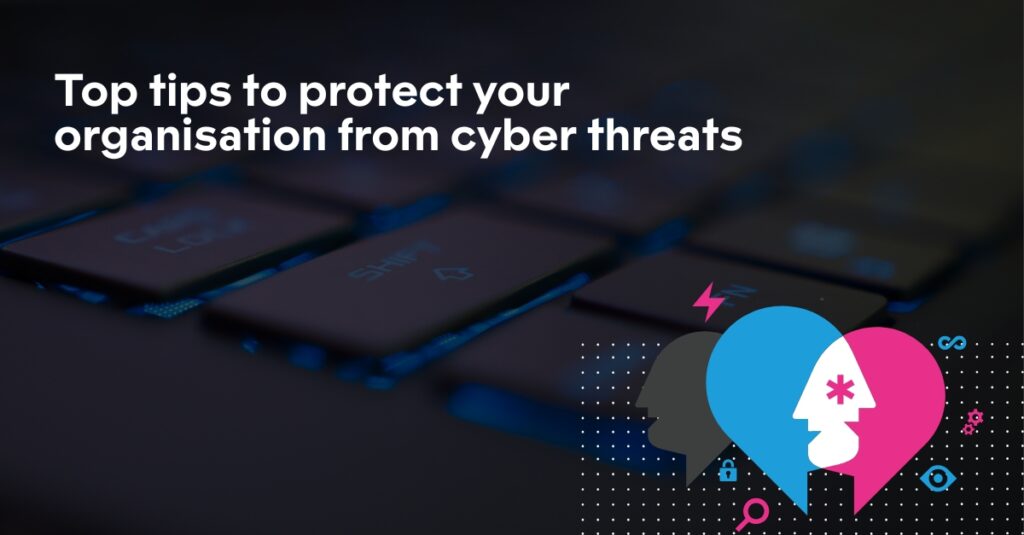
From risk to resilience: 5 simple steps to protect your organisation from cyber threats
Cyber security can be difficult to keep up with. At the same time, safeguarding your organisation against potential risks and threats is more important than ever. Ensuring financial stability, maintaining reputation, complying with legal standards, and protecting employee and customer trust are all critical to keep your organisation growing. This allows you to focus on the areas that matter, without the worry of potential setbacks.
- Security assessments – where the heck are the gaps?
To safeguard your organisation effectively, it’s crucial to align security controls with specific risks and ensure these align with your organisational objectives. Investing in redundant controls can be costly. So, conducting a thorough security assessment, like the NCSC’s Cyber Assessment Framework, will enable you to evaluate your current posture and make informed risk-based decisions. While frameworks are valuable, partnering with experienced security professionals offers the expertise and assurance needed to implement tailored, effective solutions.
Why assessments are a wake-up call? Read the full blog here
- Strong cyber security – for goodness’ sake, get the basics right!
Protecting your digital workspace starts with getting the fundamentals in place. Make sure your firewalls and anti-malware solutions are kept up to date so you’re protected against known vulnerabilities. Strong password policies are essential. Longwall recommends employees should be using unique, complex passwords, ideally supported by a password manager, rather than reusing the same credentials across systems. Forget the old advice about cycling passwords every month that’s no longer recommended and often just leads to weaker security. Instead, focus on enabling multi-factor authentication wherever possible, which adds a crucial extra layer of protection. Finally, encrypting sensitive data and applying strict access controls will help ensure that only those who genuinely need access can see it, keeping prying eyes at bay.
- Employee training and understanding – wake up, don’t click on that link!
Preventing cyber threats is far easier than fixing the damage they cause. Raising awareness and explaining the ‘why’ behind security practices helps get employees onboard. Training staff to spot risks like phishing emails reduces the chance of attacks. And if a breach does occur, regular incident response exercises ensure everyone knows their role, minimising damage and speeding up recovery.
- Vendor security – show me your gaps
Using third party vendors has many benefits, but it’s important to thoroughly assess their security practices to ensure they align with your company standards. Regular evaluations and two-way feedback helps to build strong partnerships, allowing both sides to share insights and reduce risk together. This ongoing collaboration strengthens security for everyone involved.
- Don’t forget to measure – prove it or lose it!
You’ve put in the hard work, now it’s time to show it’s working. Measuring the impact of your cyber security initiatives isn’t just about ticking boxes, it’s about demonstrating real value. Key metrics to track are: incident response time, phishing click rates, patching cadence and compliance scores to see how your defences are holding up. Regular reporting will help you identify trends, justify investments, and keep stakeholders informed. When you can show that your security posture is improving, it builds confidence across the board. Cyber security is a continuous cycle of improvement, and measurement and is what keeps the wheel turning efficiently.
Check out our security scorecard template, use this as your starting point to measuring security performance.
Financial stability, reputation, legal compliance and trust are all at risk if you don’t safeguard your organisation. With these security practices in place, you can confidently focus on your core organisation objectives, knowing your data and systems are well-protected.
Longwall Security can help protect your organisation with tailored security solutions, assessments and consultancy. Try our free assessment today.